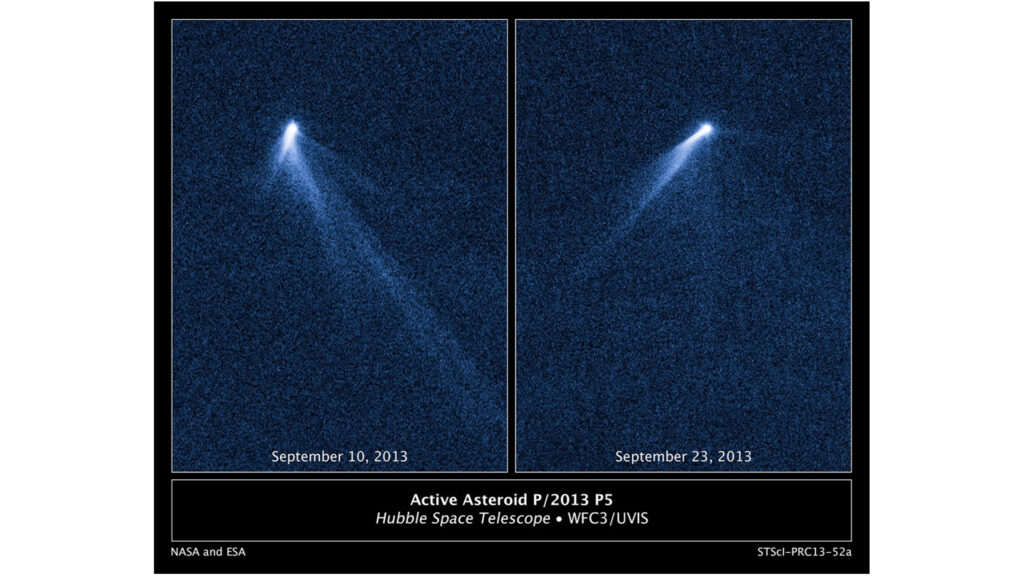A new NASA moon rover prototype is practicing for its big day.
An ice-hunting moon rover, called VIPER (Volatiles Investigating Polar Exploration Rover), is expected to launch no sooner than 2024 atop a SpaceX Falcon Heavy rocket for the lunar south pole.
To get ready for its first crawl down its lander’s ramp, engineers at NASA’s Johnson Space Center in Houston sent the prototype rover down a ramp in an indoor facility. The ramp was tilted at several angles to simulate different exit strategies the rover might need to take from a lander built by private company Astrobotic, when it goes on the surface for real near Nobile Crater. NASA caught the preparations on video, showing a prototype rover slowly inching away from its lander to the surface.
“On a roll!” NASA officials wrote Tuesday (Sept. 5) in a statement on X (formerly Twitter), alongside the video. The agency added that the rover will do crucial work ahead of astronauts going to the same region, which is expected to begin with the Artemis 3 landing excursion set for no earlier than 2025 or 2026.
Related: Can NASA’s Artemis moon missions count on using lunar water ice?

NASA’s Artemis program aims to restart moon exploration with astronauts, and to set up a permanent settlement at the moon’s south pole. VIPER will be crucial in facilitating that goal, according to NASA, because the rover has a main mission of searching for water ice on the moon’s surface. The mission has been delayed two years from its initial target launch of 2022 due to readiness of various components.
Related Stories
Satellite images from orbit, especially from NASA’s Lunar Reconnaissance Orbiter, suggest that there are troves of water ice near by the moon’s south pole in permanently shadowed craters, where the sun can’t reach. Assessing the extent of that ice, however, will require a series of ground missions.
Aside from funding Artemis alongside a network of international partners, NASA also has a program for small robotic missions to reach the moon’s south pole — and other lunar spots. The agency’s Commercial Lunar Services Program (CLPS) may send its first payloads to the moon as soon as this year, pending readiness of the rockets and the payloads themselves.


